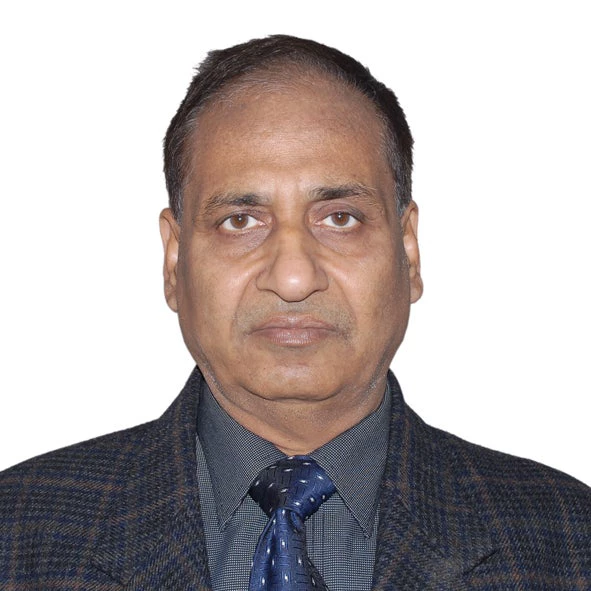 One of the key issues in transportation is the ability to get both the wonderful advantages that a new road brings to a village, while being cost effective and environmentally and socially responsible. For example, when a village in India finally gets a paved road, life becomes freer, safer, and more prosperous. A new road that connects a rural village opens the local economy to new opportunities.
One of the key issues in transportation is the ability to get both the wonderful advantages that a new road brings to a village, while being cost effective and environmentally and socially responsible. For example, when a village in India finally gets a paved road, life becomes freer, safer, and more prosperous. A new road that connects a rural village opens the local economy to new opportunities.
Additionally, farmers can travel farther to sell their produce and get better prices, children can go to schools more easily and, migrants who go elsewhere to work can come back to their families.
- Download and read "Maximizing value for money in rural road investments," a paper that describes how road construction costs in India can be decreased by 20 percent by using local materials
With this objective in mind, the World Bank is funding the Pradahn Mantri Gram Sadak Yojana (PMGSY). The PMGSY is the Prime Minister's Rural Roads Program of the Government of India, which aims to provide road access to villages that have more than 500 inhabitants — 250 in special cases. Currently, several state governments are looking into ways to build an even finer-grained and more comprehensive road network, one that can also provide links to villages of less than 500 people.
However, building low-volume roads provides both challenges and opportunities, and it is essential to continuously assess the efficiency of the construction, costs and materials, as well as the environmental, economic and social impacts. One element that the World Bank's transport sector has been looking at is the type of materials utilized for the road construction. Traditional road construction involves the use of hard stones — which in many cases have to be carried from far away — resulting in high construction costs and adverse environmental impacts.
Low-volume roads, however, don’t necessarily need to be designed and constructed using the same specifications and materials as higher-volume roads that link larger villages. It was with this view in mind that field visits were recently carried out to sites in Rajasthan and Bihar. The objective was to develop an understanding of current construction practices and look at ways that local materials could be utilized in road construction, reducing the carbon footprint and helping the local economy.
As a result of these visits and a thorough review of international practices for constructing low-volume roads, a number of areas for improvement were spotted. For instance, road specifications currently call for a pavement thickness of 300-325 mm, and the use of certain materials regardless of the availability of local substitutes. A more technical detailed description of the materials and the construction process can be accessed here.
While looking for ways to innovate while being efficient, cost effective and ensuring high quality work, the World Bank’s staff — taking into account previous research and looking at ways these roads are to be used — concluded that pavement thickness can probably be reduced by 100-125 mm. This thickness reduction would result in substantial cost savings, particularly when local materials could be utilized. The crushed stone that is currently used in the pavements can, in many cases, be replaced by stabilization of local soils and waste material — including Kotah stone, marble waste and copper slag — that arise as a byproduct of local industry, which also reduces the carbon footprint and promotes the local economy.
With these improvements, the expectation is that the same amount of money can build about 20 percent more roads. And that, in turn, means that it will become increasingly cost-effective to provide even the smallest and most remote villages with the development, safety and opportunities that come with a paved road.
- Find out more about rural road investment, local materials and innovative approaches in India by downloading this paper


Join the Conversation